
views
Doing a Backward Roll

Start in a squatting position. Bend your knees and come close to the floor, almost as though you are going to sit. Hover just above the ground, with your thighs hugging close to your calves. As you get more comfortable with this move, you can start from a standing squat. Eventually you will start from a completely standing position.

Round your back. Bend your elbows close to your body so that your hands are by your ears. Tuck your head between your arms and curl your back forwards. As you get more comfortable with the position, you can start with your hands extended out in front of you.
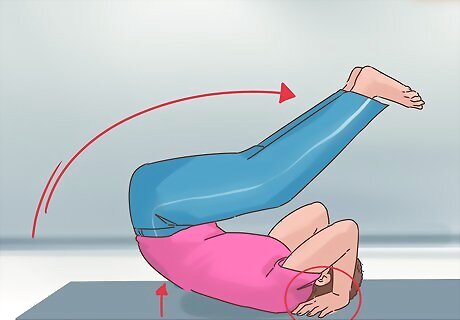
Roll backwards. When your head hits the mat, tuck your chin and push the ground with your hands. Think about pushing your body away from the mat with your hands. Be sure to keep your shoulders and arms strong and close to your head. They are your point of strength.

Swing your legs over your head. Using the momentum of your legs and the strength of your arms, bring your legs over your head and your feet to the mat. You may have to use your core strength as well. Kick your legs to gain momentum, but squeeze your abs to pull your feet to the mat.

Stand up. Once your feet hit the mat, press against the mat with your hands, pushing your upper body up to follow your feet. You will be in a squat with your hands on the mat. Stand up from there, with your arms up. In order to practice for your back extension, you can practice ending in a pushup position instead of a standing position. When your feet hit the mat, press against the mat with your hands and use your ab muscles to straighten out into a plank position. Hold that position to build strength.
Doing a Candlestick

Lay down on the mat. Keep your arms extended upward and your legs together. Even though you will be putting a lot of stress on your shoulders, don’t shrug your shoulders and pull them up to your ears. Let them lie naturally on the mat.
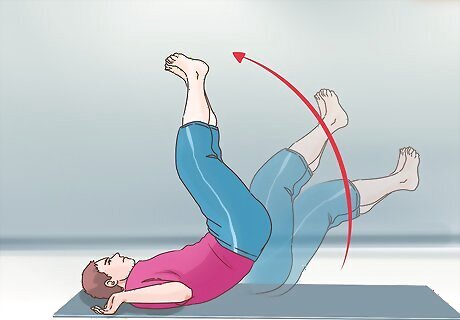
Pull your legs up. Use your core strength. Your toes should be pointed towards the ceiling. Resist the urge to kick your legs up. Bring them up slowly, using your abdominal muscles to balance out the weight of your legs.

Continue to roll onto your shoulders. It should be as though you are standing on your shoulders. Think about your shoulders as a lever, or point of strength. You will be resting on your shoulders and upper back with your body pointed straight towards the sky. To keep your neck safe, tuck your chin and press your hips forward.

Keep your eyes on your toes. To hold the position, you will need to have a fixed point to focus on. Keep your core strong. You can either leave your arms by your ears, or put your hands on the mat to give yourself support. Some people also bring their hands to the small of their back for added support.
Doing a Handstand
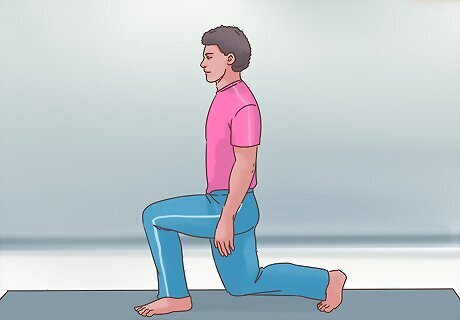
Start in a lunge position. One leg should be bent and in front, knee over ankle, with the other leg trailing behind. Keep your arms pointed toward the mat with your fingers spread wide apart. Keeping your fingers spread is an important part of creating a strong base. If you don’t have a wide base, it will be hard for you to get up and stay up.

Reach for the floor. Fold your body forward, then lean forward and catch yourself with your arms. Your torso and legs should be at about a ninety degree angle. If your hands hit the mat too close to your feet, you will not be able to get the momentum to get up into a handstand.
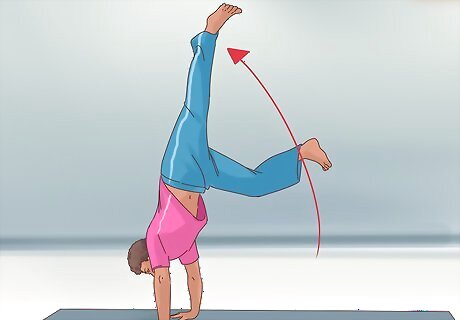
Kick your back leg up. As you do this, push your front leg against the floor and bring it up to meet the other leg. Pushing against the floor will give you the momentum to bring the legs together.

Keep your balance. Squeeze your legs and point your toes toward the ceiling. Leave your head neutral--don’t tuck your chin or look towards the floor. Stare straight ahead and try to find a fixed point.Come down one leg at a time. As you hold the position, keep your toes pointed toward the ceiling. Keep your shoulders open, and your fingers splayed out.
Putting it All Together

Stand on a mat or soft ground. Keep your arms straight above your head. Do not swing them down before you initiate the roll. It may help to hook your fingers together if you are just beginning to learn the skill.

Bend your knees and squat. Push hard with your feet and start rolling backwards. This will be a lot like doing a backward roll, but the key difference is that you have to be more aggressive.

Drive your legs up. This will be somewhat like driving your legs up into a candlestick position, but much more aggressive. Lever yourself up to a handstand. Use your shoulders as a lever against the floor when you bring your legs up and roll your weight onto your hands. Just as you stood on your shoulders for your candlestick, you will use your shoulders as a point of strength to lever yourself into a handstand.
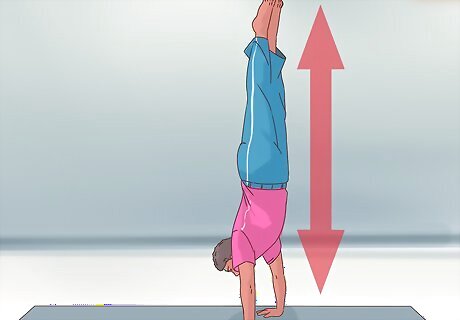
Hold your handstand. You will want coaches and judges know that you made it to a handstand. This is where practicing your handstand comes in handy. Squeeze your core and legs together to keep your handstand strong. Keep your fingers splayed and point your toes toward the ceiling.

Put one leg down first. It doesn't matter which leg comes down first. When the other leg swings down, keep the first leg bent. That way, you can come down strong on the back leg, keeping it straight. Remember to keep good form, with your arms up and head held high.










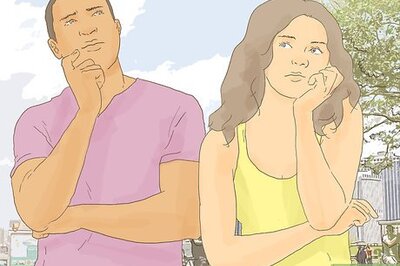



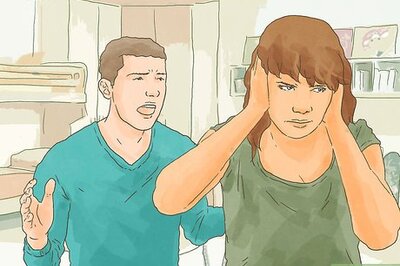


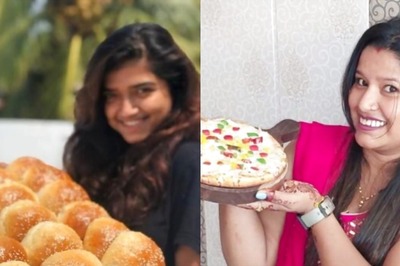
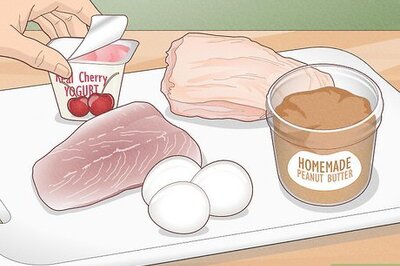

Comments
0 comment